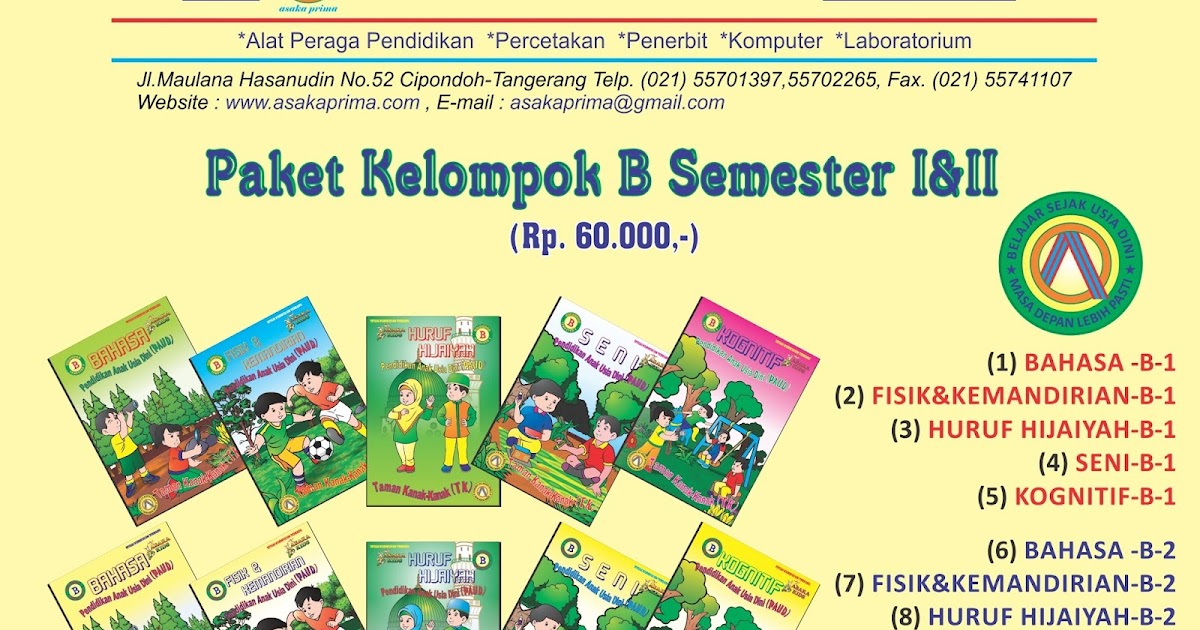Labview Gotovie Raboti
Get roboRIO and LabVIEW training, find example code, and earn badges. Download 2019 FRC Software Find downloads for LabVIEW and the required 2019 FRC update suite. Robotics Resources. Robotics Resource Kit Explore a collection of robotics resources that feature NI hardware and software. Overview of the LabVIEW Robotics Module Learn about robotics development tools available in LabVIEW. Robotics Community Discuss robotics applications with other users, share code, and learn best practices.
I have made my on cable for UART communications to my PC. I am using a USB/COM port adapter that works for my other UART devices. My goal is to connect the camera via SPI to the roboRIO in our FIRST Robot. Using UART to work offline on data decoding. We will be using LabVIEW so I cannot use the mindstorm blocks.
Selesai belajar, mereka bisa memainkan beberapa permainan edukasi yang menarik untuk menguji kemampuan mereka. Sejauh apakah kemampuan si buah hati.??  Marbel menggabungkan konsep belajar dan bermain menjadi satu sehingga melahirkan cara belajar yang lebih menyenangkan. Materi akan disajikan dalam bentuk yang menarik dilengkapi dengan Gambar + Sound Narasi + Animasi untuk menarik minat anak-anak dalam belajar. Ayoo kita uji mereka lewat Marbel Belajar Huruf.
Marbel menggabungkan konsep belajar dan bermain menjadi satu sehingga melahirkan cara belajar yang lebih menyenangkan. Materi akan disajikan dalam bentuk yang menarik dilengkapi dengan Gambar + Sound Narasi + Animasi untuk menarik minat anak-anak dalam belajar. Ayoo kita uji mereka lewat Marbel Belajar Huruf.
So far i have not been able to view the code in the blocks to try and write the LabVIEW code. So far I have used the VISA serial tools and can get data from the camera and it is almost correct. Looking at the data as hex I get some FFs i don't expect and the header is xFF55 xABAA. Seems to be off by a bit or so.
This is an example of 1 block: FF00 FF55 ABAA ABDE FAFD FF89 FD09 FFEF FFED FF00 FF55 ABAA AB16 FBFD FF99 FDD1 FFCD FF53 FF00. I added the Lego module and looked at the pallettes last week. This module is a way to build your own mindstorm blocks with labview that can be used with mindstorm. I did not see any pallette tools for the camera i have, neither did i see a way to pull in an existing mindstorm block into LabVIEW. Do you have any experience with that? The camera i have is pretty cool it is easy to teach colored objects. They have some good videos on the wedsite.
The camera system has an on board processor to do the heavy lifting and can just give you object data - size, color and location. Pretty slick. We were thinking of using it for an FRC First competion robot just may not have time to build a complete interface unless i can get it running soon. That looks rather interesting. If I understand it correctly, it's built with a processor that you'd use something like C++ to handle on board processing and then ship out the data via one of the communication buses to your roboRIO. On the roboRIO, you'd take some action based on that.
It looks like you've got a decent amount of progress and are using the serial option. It looks like your header is coming after a few bytes rather than a single bit or two. Is everything other than the FF00 something you'd expect? I'm noticing this comes just before the header both times. Is it possible the FF00 is a termination character? If so, I'd expect the next thing we'd see after the string you gave us to be FF55 ABAA again followed by the appropriate data.
Beyond that, what data would you be expecting? I don't expect any extra header data. According to the info from the camera manufacturer about the data it should be straight forward. Do you know if the LabVIEW serial tools take into account the 10 bits in each UART. I think i read somewhere that UART always starts with a LOW (Start bit) then 8 bits of data then Stop Bit. It seems my data may be shifted that 1 start bit.
- UART definition. Copied from link: UART • The UART interface is 8 data bits, 1 stop bit, no parity, no handshaking • The baudrate can be configured in the 'Interface' tab of the Configure dialog in PixyMon • RX signal (pin 1) is 5V tolerant input • TX signal (pin 4) is 0 to 3.3V signal output • Baudrates up to 230 kbaud supported. The serial protocol Whether you're using SPI, I2C or UART serial, the protocol is exactly the same. • The protocol is data-efficient binary. • The objects in each frame are sorted by size, with the largest objects sent first. • You can configure the maximum number of objects sent per image frame ('Max blocks' parameter). • SPI and I2C operate in 'slave mode' and rely on polling to receive updates.
• When there are no detected objects (no data) Pixy sends zeros if the interface is SPI or I2C (since Pixy is a slave, it has to send something). • Each object is sent in an 'object block' (see below). • All values in the object block are 16-bit words, sent least-signifcant byte first (little endian). So, for example, when sending the sync word 0xaa55, Pixy sends 0x55 (first byte) then 0xaa (second byte). Object block format Bytes 16-bit word Description ---------------------------------------------------------------- 0, 1 y sync: 0xaa55=normal object, 0xaa56=color code object 2, 3 y checksum (sum of all 16-bit words 2-6, that is, bytes 4-13) 4, 5 y signature number 6, 7 y x center of object 8, 9 y y center of object 10, 11 y width of object 12, 13 y height of object To mark between frames an extra sync word (0xaa55) is inserted.
- ClipTrans translates any text that is selected and copied. 
- суббота 09 февраля
- 42